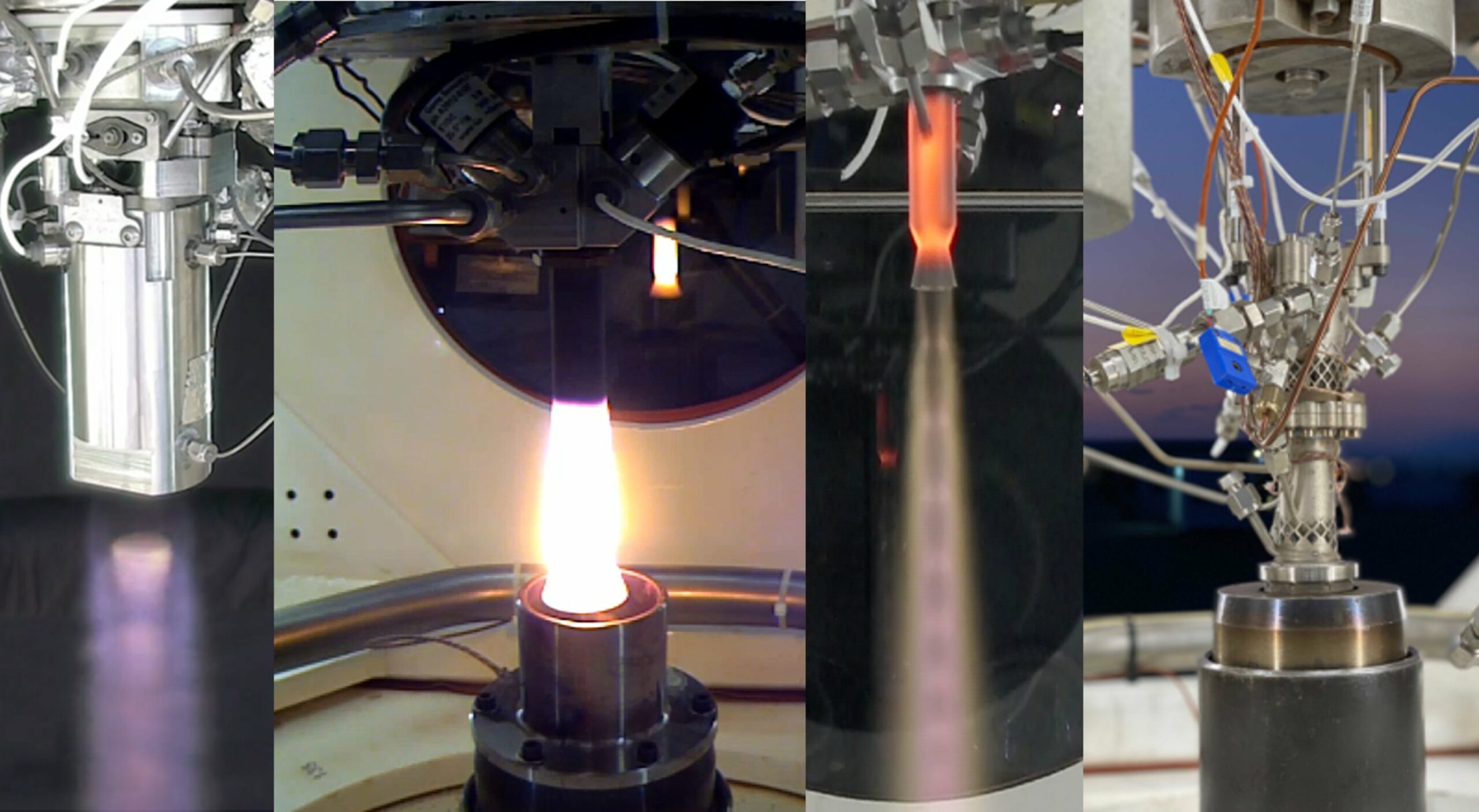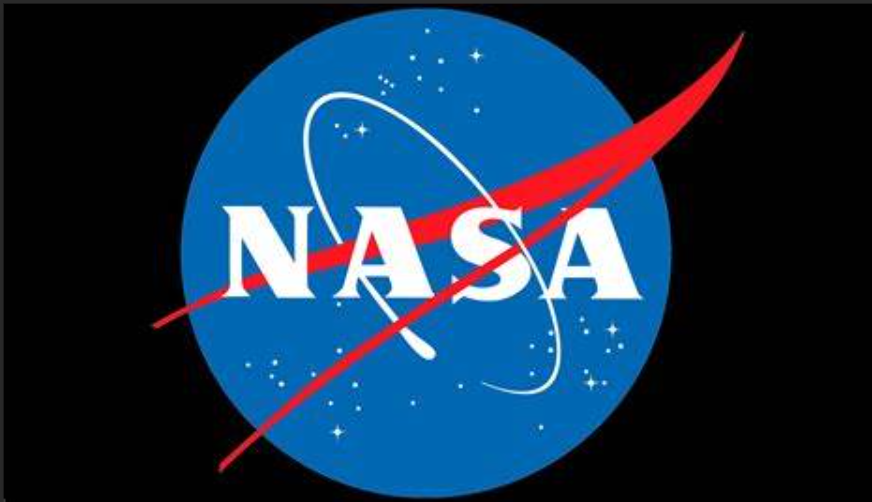By Ria Urban
Humanity is on a quest to travel to the outer reaches of the cosmos, but how are we going to get there? The answer: propulsion.
As the space tech industry continues to evolve, keeping pace with progress in propulsion technologies, we interviewed three companies making exciting strides in this field : Agile Space Industries, InSpacePropulsion Technologies and Arkadia Space. Below, we discuss the different types of propulsion technologies along with the pros and cons of each.
The choice between chemical and other forms of propulsion like electric is largely dependent on mission objectives. For small accelerations or minor changes in orbit, electric propulsion consuming propellants like xenon, krypton, or argon are enough. However, for faster interplanetary missions, chemical or nuclear propulsion reign supreme in their ability to offer swift transitions and manage high power outputs.
Agile Space Industries provides propulsion solutions that propel more than just spacecraft – they drive the conquest of space itself. With Chief Engineer, Lars Osborne, leading the charge, Agile Space gravitates towards the fundamentals of a substance’s ability to endure for years in space. Both the cost and performance of a vehicle play vital roles in selecting propellants. Unlike launch vehicles on Earth that manage to cool propellants while idling on launch pads, space offers no such luxury.
“In space, we really don’t want them to vent, we want to hold on to those propellants. And so it’s really important that the propellants are storable. Any propellant has to be stable long term on the spacecraft, so it can be useful over many years,” Osborne explains.
The primary focus thus lies in their storability, their capacity to withstand the test of time during multi-year missions.
Today, space travel largely banks on chemical propulsion. Achieving escape velocity from Earth necessitates the power of chemical rocket engines employing liquid propellants. Although solid propellants boast a respectable standing in the field, Osborne points out their cost-effectiveness is not quite on par with their liquid counterparts. Ultimately, the handling and complexities involved with liquid propellants are worth the trade-off when dealing with large vehicles.
Debunking assumptions about atmospheric pollution during launch, Osborne explains Agile Space’s role. As the company offers in-space chemical propulsion, their focus is beyond Earth’s atmosphere. While handling the propellants should be done with care due to their toxicity, this toxicity significantly diminishes post-combustion. The transformed substances, such as nitrogen and water, are not toxic after being burned.
“We fully combust them, and then they turn into nitrogen and water. It’s not a toxicity hazard after they’ve been burned,” reiterates Osborne.
Osborne acknowledges Agile’s propellants, though greener post-combustion, are not without an environmental footprint. The company strives to contain these impacts by stringently complying with safety protocols and local authorities, mitigating the risk of inadvertent harm to the community and the environment.
Exploring propulsion possibilities, while hydrogen peroxide propulsion has a lot of heritage, there is scepticism about its future. Particularly for tasks like lunar landing and launches, Osborne maintains:
“It’s used on Soyuz spacecraft but the problem is that it can’t be stored in space for long periods of time. It’s not stable, which really limits the types of missions that it can do.”
He also acknowledges the contemporary debate around the future of chemical propulsion in space. Hypergolic propulsion – wherein the components ignite on contact – offers long-term storability, reliability, and scalability, among other merits. However, the toxicity and environmental impacts are unavoidable realities that need to be addressed. By contrast, green propellants, though they don’t equate to absolute safety, are emerging contenders in the field.
While the space propulsion industry continues to evolve, experts like Osborne underline the importance of clear-eyed objectivity amidst the greenwashing debate.
He cautions that “just because you say it’s green propulsion, it doesn’t necessarily mean that it’s great.” That being said, although greener options pose their own challenges, Osborne is optimistic about the steady progress the industry is making.
Lukas Werling and Felix Lauck of InSpacePropulsion Technologies are experts in the field of green propulsion, which is often in the realm of ‘less toxic’ rather than ‘sustainable’ or ‘low environmental impact.’ While this gives a new perspective on the broader discourse, it’s worth noting how their company is leveraging advancements in the field of propulsion for space travel.
Founded in 2023, InSpace Propulsion Technologies is a spinoff from the German Aerospace Center (DLR). Werling, an aerospace engineer with a PhD in green propulsion technologies and nearly a decade of experience working in space propulsion, and Lauck, a Ph.D. candidate specializing in the development of alternative, green propellants, have initiated the company to meet the needs of an evolving space industry.
“We saw a gap between the conventional propulsion systems like the hydrazine, toxic-based propulsion systems, and the new space applications,” says Lukas.
Fueled by the rise of commercial space startups focusing on cost-efficiency, the duo developed two types of propulsion technologies based on hydrogen peroxide and nitrous oxide-ethane combined. Each has its strengths and shortcomings, so they are utilized for slightly different application cases.
The long-term storage of hydrogen peroxide, as mentioned above, can be challenging due to its tendency to decompose, causing a pressure increase in storage tanks. Despite this, it is still a good fit for short-term missions and even some longer ones, such as Mars transfers.
“As a general rule of thumb, an 87.5 or 98% concentration hydrogen peroxide is used in propulsion systems and you may lose 1% of concentration in one year with the current technology. It’s not like you can’t store it for three years or so, you can store it for longer periods of time as the decomposition rate is very slow,” claims Werling.
A huge advantage of hydrogen peroxide is that it can be produced from water on other celestial bodies, making it an enticing choice for a future in which fuel could be manufactured on distant planets.
The nitrous oxide-ethane propellant, on the other hand, is ideal for smaller satellites and lower-budget operations. Thanks to its non-toxicity and ease of handling, it provides a significant cost-saving potential compared to conventional hypergolic propellants. However, because it’s stored under higher pressure, it requires advanced technically designed propulsion systems and sacrifices efficiency when compared to stronger propellants.
“The nitrous oxide system allows for a so-called self-pressurised propulsion system. So you don’t need any device,like a pump, to expel it, which is an advantage. On the other hand, you have higher storage pressure levels, which typically could increase the mass of your spacecraft or the tubing of the tank, which is a little bit more challenging,” says Werling.
Another company focusing on the development of efficient and eco-friendly propulsion technologies, is Arkadia Space. Co-founder and CEO, Francho García, notes that they use high concentration hydrogen peroxide.
“We want to be the alternative to hydrazine and hydrazine-based systems,” says García.
Two main features of the company’s green propulsion are Isp (ratio of the thrust produced to the weight flow of the propellants) and hypergolicity. García admits that storage has been an issue, given hydrogen peroxide’s instability. However, he explains that advancements in chemistry have significantly reduced these problems:
“Because of many things, especially chemistry advancements, now it’s much less harmful. You need to manufacture or develop hydrogen peroxide with high purity, as purity determines the rate of the decomposition. We now have a mature industry that can develop high purity hydrogen peroxide, which means you reduce the rate of decomposition. We also had a lot of advancements in material compatibility over the past decades so now we understand much better what happens when hydrogen peroxide comes in contact with other materials,” explains García.
On the practical application of this technology, Garcia mentions that it could be used in any application, however, the primary focus for Arkadia is orbital propulsion systems and short mission upper stages. García also highlights the company’s emphasis on cost-effectiveness, refuting the idea that storage of hydrogen peroxide could be more expensive. When it comes to storage, for example, the tanks could cost less in the case of hydrogen peroxide than the standard hydrazine titanium tanks as hydrogen peroxide does not mix well with titanium.
Arkadia Space’s manufacturing process is as eco-friendly as any other in the industry. They have, in fact, demonstrated with the European Space Agency (ESA) that producing hydrogen peroxide leaves a much smaller carbon footprint than producing hydrazine.
The broader space tech market has seen a surge in propulsion technologies, with many firms capitalizing on the industry’s momentum. While advancements in both ‘green’ and ‘alternative’ propellant solutions are an exciting and important step towards a more sustainable future for space, there is still work to be done in optimizing their ability to power larger and longer space missions.
While advancements in both ‘green’ and ‘alternative’ propellant solutions give us reason to be optimistic about a more sustainable future for space, many space missions still require the power that more traditional propellant solutions with a larger carbon footprint provide. As the industry gears up for an era of increased space traffic and stricter regulations around space debris, a balance of working toward innovative propellant technologies while also improving the systems and processes of existing solutions to mitigate environmental impact will be key in pushing the industry forward.
Share this article:








